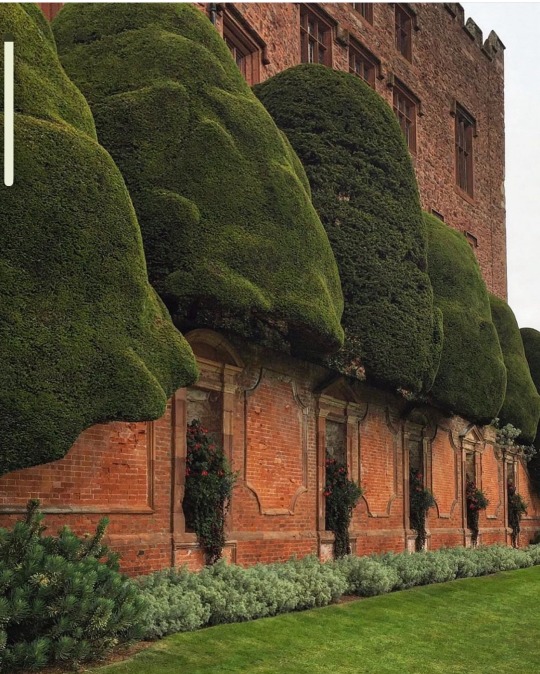#powys castle
Text
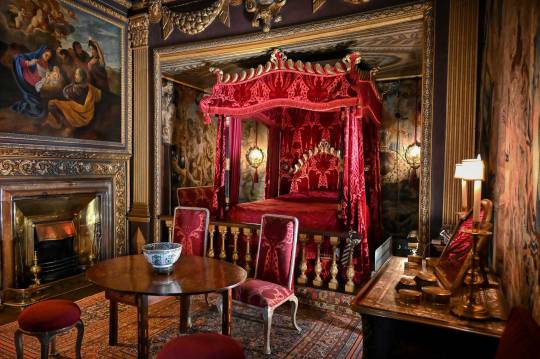
State Bedroom,
Castell Powys, Welshpool, Powys, Wales.
(c) J.A. Phillips
#art#design#history#style#luxury house#luxury homes#castle#luxurylifestyle#castell#powys castle#state bedroom#bedroom#medieval#wales#national trust
239 notes
·
View notes
Text
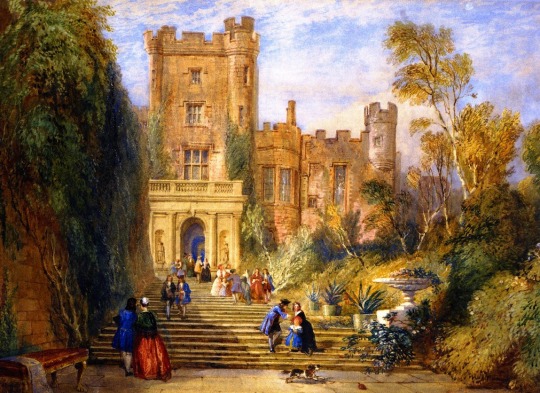
Powys Castle, Wales, David Cox II (1809-1885)
Happy St. David's Day!
#art#art history#David Cox II#David Cox Jr.#landscape#landscape painting#Powys Castle#Wales#British art#English art#19th century art#watercolor#watercolor on paper#Birmingham Museum and Art Gallery
80 notes
·
View notes
Text
Enjoy the sights at Powis Castle, Wales


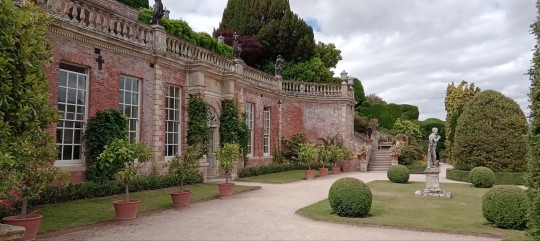
2 notes
·
View notes
Text
Powis Castle 🏰 ✨️







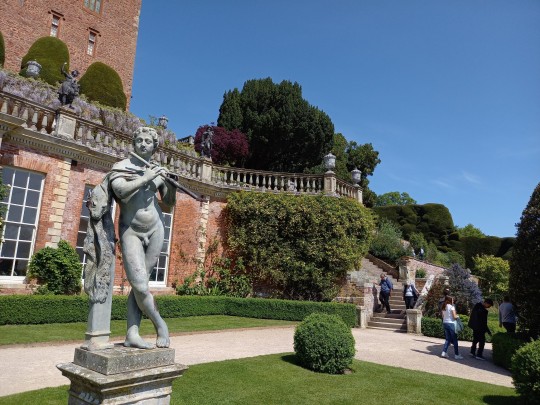

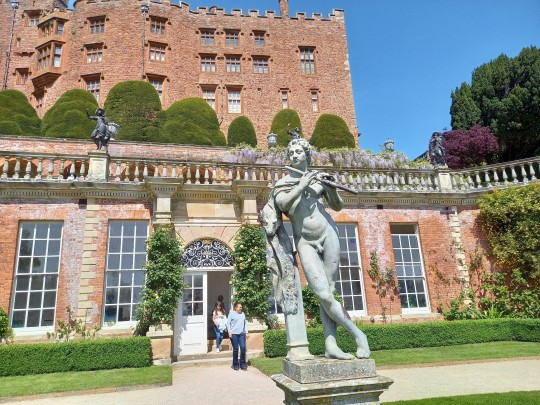
1 note
·
View note
Text
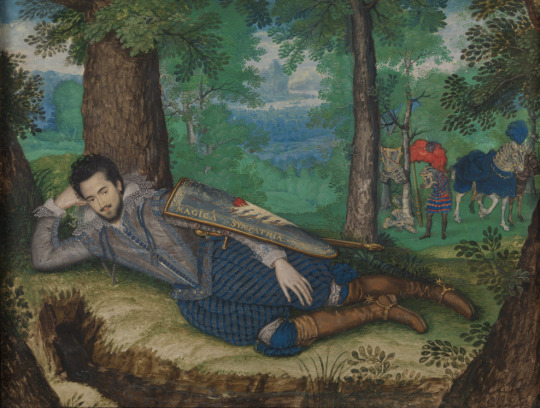
Sir Edward Herbert, later 1st Lord Herbert of Cherbury circa 1613 - 1614, Minature painted by Isaac Oliver (Rouen c.1565 – London 1617)
Watercolour on vellum mounted on panel
Collection: Powis Castle and Garden
Text via National Trust:
Reclining on a grassy bank beside a trickling stream and looking directly at us, this young man knows how to pose like a poet and lover. As if to underline this, his shield sports a heart engulfed in flames. Sir Edward Herbert (1581/2–1648) was a courtier, soldier, diplomat and man of letters. His sumptuous costume of silver and blue matches the livery of his horse in the distance, and this, along with his shield, suggests he is resting after a royal jousting tournament.
46 notes
·
View notes
Text

Called Elizabeth Spencer, Lady Craven (1618–1672) (style of Gerrit van Honthorst)
Anglo/Dutch School
National Trust, Powis Castle
49 notes
·
View notes
Text



Plant of the Day
Sunday 25 June 2023
In a sunny location the woody stemmed perennial Artemisia 'Powis Castle' (wormwood) was creating a cloud of billowing silver foliage. This plant does best in a well-drained soil and will be short-lived in a poorly drained site.
Jill Raggett
77 notes
·
View notes
Photo

Powis Castle, Welshpool, Powys, United Kingdom,
Courtesy of Decorative Arts Trust
#art#design#interiors#interiordesign#castle#powis castle#bedroom#medieval#fortress#country house#powys#welshpool#united kingdom#luxuryhouses#luxuryhomes#luxurylifestyle#style#history
244 notes
·
View notes
Photo

Powis Castle, Pays de Galles 1986
by Geoffrey James
50 notes
·
View notes
Text
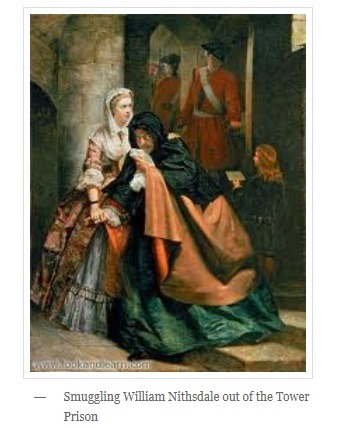
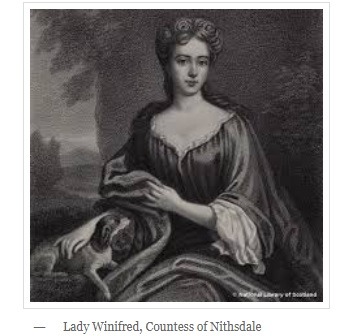
23rd February 1716 saw Lady Winifred Maxwell, Countess of Nithsdale, help her husband William escape from the Tower of London.
This is a great tale of a brave woman putting her own life on the line to help her husband escape.
Winifred Herbert was the daughter of William Herbert, 1st Marquess of Powis. Her parents accompanied James VII into exile in 1688 and her mother became governess of the young James Francis Edward Stuart, later to be known as the "Old Pretender". Winifred herself became a lady-in-waiting at the Jacobite Royal Court. On 2 March 1699, at the age of 27, she married William Maxwell, 5th Earl of Nithsdale, a member of a Scottish Catholic family.
The family returned home to Scotland in 1699 an settled back into life at their home at Terregles Castle near Dumfries. Maxwell worked hard to dispel suspicions of him in Scotland because of his Catholicism and his links with the Jacobites. However, he did come out in support of the Jacobites in the 1715 Uprising, and joined with the Northumbrian Jacobites under General Thomas Forster at Hexham. He was captured with other Jacobites at Preston and sent to the Tower of London. He was subsequently found guilt of treason the sentence was death and was to be carried out on February 24th 1716.
Winifred travelled to London to ask George I for clemency, but none was forthcoming. On the night of 23 February, the eve of the date set for her husband's execution, Winifred her maid, and two friends visited William at the Tower of London. Winifred distributed a generous amount of drinking money to the guards, and the women proceeded to come and go from William's cell, mingling with the wives of the guards and generally raising confusion about who was in the cell and who was not. Meanwhile, Winifred shaved William's beard and dressed him in spare women's clothing brought in for the purpose, including what has since become known as the "Nithsdale Cloak". William was then led from the Tower disguised as a woman by Winifred's maid, Evans, while Winifred herself covered the escape by carrying on a loud conversation with her - now departed - husband in an otherwise empty cell, before making good her own escape.
Winifred and William hid in London until he could be smuggled to France disguised as a servant of the Venetian Ambassador. Winifred herself then rode to Traquair House in Scotland to retrieve a number of family papers and arrange for their property to be cared for. She then, despite a huge search for her and her husband, returned to London, and traveled to the Continent. She eventually rejoined her husband at the exiled court of James Francis Edward Stuart in Rome. Winifred later became governess to Henry Benedict Stuart, the younger brother of Bonnie Prince Charlie
17 notes
·
View notes
Text


✧・゚: *✧・゚:* ☀️KALIM BIRTHDAY SSR FLOWER ANALYSIS* ☀️*:・゚✧*:・゚✧
Very much on brand for Kalim, his bouquet has a plethora of different flowers. Perhaps the most prominent ones are the white (pompom) chrysanthemums, which symbolize happiness, love, longevity, and joy, and are commonly associated with good luck. In American culture they’re representative of honor and respect, in Korea of honesty and sincerity, while in Japan they’re associated with the goddess of the sun (and the heavens). In the Victorian Language of Flowers they were a symbol of friendship and are to this day still used to convey loyalty and devotion, though throughout Europe they’ve generally become more representative of sympathy, death, and mourning.
Dahlias have historically been used to signify a lasting bond or commitment and have been gifted to show appreciation for one another. Nowadays they’re commonly associated with inner strength, purity, and good faith, though it’s not uncommon for them to symbolize (positive) life changes and the inner strength that comes with them. They’re perfect for someone under a lot of stress to remind them they have a good soul, or for someone who’s going through a rough patch in life/trying to recover from something.
The small blue flowers in his bouquet are cosmos which are a symbol of kindness in Japan. They’re reminders to go beyond your limits and stand for resilience since they grow back quick and even stronger when their petals are removed. Sometimes they also serve as a reminder that “you’re all you need to thrive.” Blue cosmos in particular symbolize inspiration and creativity.
Azaleas represent wealth, elegance, and abundance, though they’re also symbols of passion and strong emotion. Since the petals of azaleas are very fragile they’re used to represent a fragile love and its ability to blossom and turn into a long lasting relationship despite its delicate nature. In Japan and China, they’re often associated with homesickness and gifted to people you miss and want to see again soon – or to symbolize remembrance of home and a desire to one day return to it.
The heliotropes in Kalim’s bouquet are either salt heliotropes or Indian heliotropes, which luckily share the same symbolism. Heliotropes stand for devotion, acceptance, forgiveness, faith, and salvation. They’re heavily associated with the sun, as well as to devotion and everlasting love – regardless of the recipient’s feelings, or what hurt they may cause the one gifting the flowers. White heliotropes in particular are a representation of the innocent and pure love shared between people, and are symbolic of affection that can be expressed honestly and without fear of needing to hold back.
White tulips are commonly given to say “I’m sorry”, though they’re also symbols of purity, honor, and holiness. It’s said that dreaming about white tulips means you are about to experience a fresh start or new beginning in life.
Kalim might have a magnolia which stands for purity, luck, and stability.
The fern-looking flowers/leaves in his bouquet look like Powis Castle Artemesia/Artemisia to me but they may as well simply be fillers. If they are Artemisia they’d represent regret, suffering, and doom (which is thanks to their bitter taste). They’re popular ornamental flowers, but other than that hold no positive meanings.
Naturally, these are only my un-educated guesses considering I’m by no means a flower specialist so take everything with a grain of salt, and feel free to let me know if I got anything wrong/what flowers I might’ve missed.
#twisted wonderland#twst#twst spoilers#twst birthday#bloom birthday#broomquet#kalim al asim#twst kalim#flower reading#flower analysis
42 notes
·
View notes
Text

Hey, y’all, it’s Weird Wednesday! Where on some Wednesdays, I blog about weird stuff and give writing prompts.
Today: Fetches: Apparitions of the Living
Welcome to Weird Wednesday! Today we’re talking about ghosts that aren’t ghosts.
We all know what an apparition is: a ghost! And a ghost, by definition, is someone who’s died. But what about cases where people have seen ghostly figures who are very much alive?
July, 1882.
I was expecting my husband home, and shortly after the time he ought to have arrived (about 10 p.m.) I heard a cab drive up to the door, the bell ring, my husband’s voice talking with the cabman, the front door open, and his step come up the stairs. I went to the drawing-room, opened it, and to my astonishment saw no one. I could hardly believe he was not there, the whole thing was so vivid, and the street was particularly quiet at the time. About 20 minutes or so after this my husband really arrived, though nothing sounded to me more real than it did the first time. The train was late, and he had been thinking I might be anxious.
Amy C. Powys.
—Phantasms of the Living, Vol. 1
Check out the blog post for the whole story and some fetching writing prompts, such as:
Spy vs Spy. Fetches are usually thought to be mere apparitions, with no ability to interact with or even be aware of their surroundings. But what if a person’s arrival apparition could be used to get a glimpse into an unknown place? Say a character was on a battlefield, about to storm a castle. Their fetch could take a quick look around before they get there. Or perhaps a prisoner might be able to check their future cell for weak points. Crucially, it would have to be a place they were going to visit within the next few minutes, so it wouldn’t give much time to react to what they learned. Unless, of course, as the writer, you change the rules— what if fetches could precede a person by a full day? But remember, anyone in the castle or prison who saw the fetch would get advance notice of the arrival.
DannyeChase.com ~ Ao3 ~ Linktree ~ Weird Wednesday writing prompts blog ~ Resources for Writers ~ Newsletter
Image credit
#Dannye writes#Weird Wednesday blog#writing prompts#apparitions#writing inspiration#horror prompt#fetches#scifi prompt#fantasy prompt#writing#writers on tumblr#writeblr#writeblogging#writing community#blogging#horror#scifi#fantasy
12 notes
·
View notes
Text

Enchanting views from Powis Castle in Welshpool, Wales. The views on its gardens is spectacular, laid out under the influence of Italian and French styles, the property is overhung with clipped yews and shelters rare and tender plants. It retains original lead statues throughout the terrace as well as features an orangery 🔥
via Wattpad
20 notes
·
View notes
